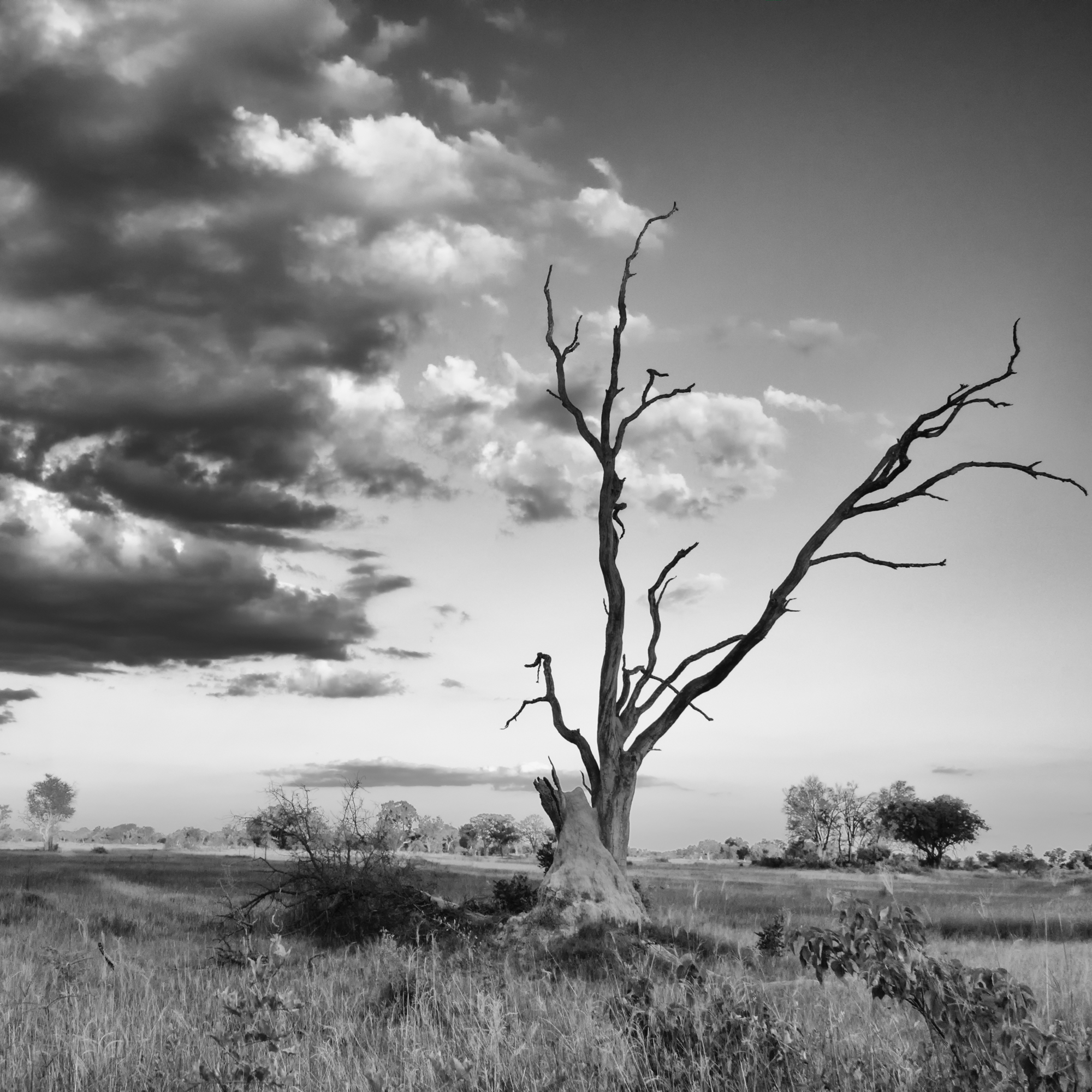I mentioned in my post last week that I would concentrate on using Luminar in Windows for the balance of the month. I missed getting this posted before the end of the month, but still wanted to share the images and my thoughts on Luminar in Windows.
First off, thankfully the clone and stamp issue that I found the first time I opened my version of Luminar in Windows had been corrected once I updated the software. Basically what was happening is the clone and stamp layer would appear to work normally, but then would disappear once you clicked done on the clone and stamp module. A bit frustrating, so I am glad that is no longer an issue.
I had read in a few blogs that there were a couple fewer filters on the Windows version; I didn’t count them myself and never found I was missing a tool I wanted to use, so that’s definitely not a concern for me. The one thing I really enjoyed was using the touchscreen for creating masks; my Windows machine is a Microsoft Surface complete with the Surface Stylus. What a huge difference using that made in terms of accuracy. I never transferred my logo file to my Windows machine, so I had to open up the edited files on my Mac to add a logo and then export. I didn’t have any issues with using the files on different systems, which is a good thing as I don’t see leaving my Mac as my main editing machine any time soon, but it does mean that I can work on the road and transition to home in a fairly seamless way.
I’m going to say for my editing purposes, there really isn’t any difference between Mac and Windows for using Luminar. Others may have a different experience, but I didn’t have any issues.
I decided on leopard images as I knew I had some that had some with contrast issues, some wonky colours to deal with and an images where I would need to test the clone and stamp. And Leopards in Luminar just has a nice ring to it, don’t you think?




